Stand-up Comedy and Why It’s Not Popular in Bangladesh

“Humor is tragedy plus time” is a famous quote by Mark Twain, who is regarded as one of the best humorists America has ever produced. I hope everyone knows what stand-up comedy is in this age of Youtube and OTT platforms. But for those who don’t know about “Stand-up Comedy,” it’s an art form where a person stands/sits in front of you and tells jokes to you so that you can laugh and enjoy your time.
If you think it’s an easy job, I am telling you, it’s not. In my opinion, it is one of the most complex art forms because everything is live and happening in front of you; anything can go wrong at any time. And it’s not easy to make people laugh. At this time, stand-up comedy is quite popular around the world. But it has never been the same. So let’s dive into the history of stand-up comedy first.
In the acceptance speech for the Mark Twain Prize for American Humor, Dave Chappelle said one thing, “Stand-up comedy is an incredibly American genre,” which is very accurate.
History and Evolution of Stand-up Comedy: A Crash Course (Not by the Green Brothers)
If we look at the history of stand-up comedy, we can see that. Stand-up comedy started in the US approximately 200 years ago. It originated with a theatre character named “Jim Crow,” a three-act minstrel show developed and popularised by Thomas D. Rice. However, stand-up comedy as we know it today began in the 1930s, when the American Mafia controlled the nightclub circuit.
Consequently, nightclubs and resorts became breeding grounds for stand-up comedians, particularly Lenny Bruce, leading to the creation of a new type of stand-up comedy. These venues hosted acts such as Alan King, Don Rickles, Joan Rivers, Jack E. Leonard, and many more. A new wave of stand-up comedy began in the mid-1950s to early 1960s, driven by great comedians such as Lenny Bruce, George Carlin, Bill Cosby, Woody Allen, etc. As stand-up gained popularity, it moved beyond bars, hotels, and coffee shops to fill stadiums and arenas with significant events. Several entertainers became major stars in the 1970s and 1980s based on their stand-up comedy performances. Famous examples include Richard Pryor, George Carlin, Rodney Dangerfield, Buddy Hackett, and Eddie Murphy.
OK, enough of the history. Now, let’s talk about the current state of stand-up. In the last 20-30 years, stand-up comedy has evolved as much as its audience, primarily due to television’s availability in every household. By doing sitcoms, comedy films, and satirical shows, comedians began to gain fame.
Some prominent examples are Eddie Murphy, Norm Macdonald, and Dave Chappelle. They used to perform routine stand-up acts, but Eddie Murphy became well-known after appearing in films like “Coming to America” and “Beverly Hills Cop,” etc. Norm Macdonald and Dave Chappelle achieved great fame through their sitcoms, “The Norm Show” and “The Chappelle Show,” respectively. Chappelle released his first hour-long HBO special, “Dave Chappelle: Killin’ Them Softly,” in 2000. But usually, comedians used to get famous by landing a sitcom or, even better, comedy films.
After the 2000s, the stand-up scene produced several OG’s, including Dave Chappelle, Chris Rock, Louis CK, Ricky Gervais, Jimmy Carr, Bill Burr, Amy Schumer, Kevin Hart, Mark Normand, and many more. Some of them are also considered the greatest comedians ever lived in history. Numerous stand-up comedians in the current generation are truly succeeding, like Andrew Schulz, Bo Burnham, Aziz Ansari, Trevor Noah, Hasan Minhaj, and many more.
However, in recent years this scene changed a bit and gained even more popularity. Thanks to YouTube and the OTT platforms, comics stopped relying on sitcoms, television programs, and comedy festivals. Instead, they started gaining attention and selling tickets for their solo stand-up acts.
But in recent years, it has changed completely. Andrew Schulz is one of the first who started putting short clips from his act on Youtube, and surprisingly it turned out to be a huge success. After watching his performance online, people started booking their tickets for the solo show. Many comedians, like Nimish Patel and others, began posting their short stand-up videos on YouTube due to these successes. It has revolutionized both the industry and the target audience.
On the other side, OTT platforms like Netflix, Amazon Prime, and others started purchasing the exclusive stand-up special from the comics and placing this on their platform after realizing the financial potential of this art form. On these OTT platforms, many famous comedians have multiple specials. This, in turn, helped an artist gain exposure for their work on a worldwide scale. Their art travels almost every part of the world, and countless new audiences get introduced to it daily. Furthermore, comedians have also started doing world tours, which we usually used to see from music bands and pop artists.
Our neighbours, India, have progressed a lot in this field very quickly. In India, stand-up comedy started getting famous in 2009, which wasn’t long ago. Vir Das, a well-known stand-up comedian from India, came back from the US and started a show called “Weirdass Comedy,” where he made a platform for newcomers called “Hamateur Night.” It proved a golden opportunity for people starting in the art form. It worked like this, on the first day, they gave two minutes to everyone who wanted to perform, then they gave five minutes to the champion(it’s measured by how many laughs they get) on the next day.
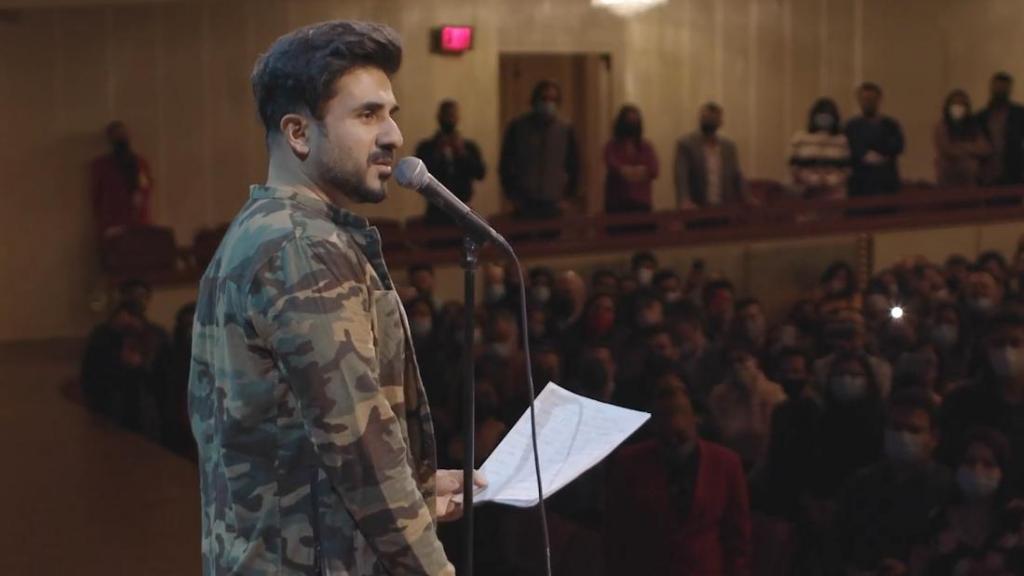
From there, some well-known comedians like Tanmay Bhat, Nishant Tanwar, Rohan Joshi, Ashish Shakya, and many others rose to fame. In India also, it’s started gaining popularity due to YouTube. Indian comics were the first to put stand-up clips on this platform, even before the US comics.
Currently, India has one of the biggest stand-up scenes worldwide. There are many comedians right now who have a huge fan base, and they are also selling big shows and going on world tours. Zakir Khan, Abhishek Upmanyu, Biswa Kalyan Rath, and Anubhav Sing Bassi are famous examples. If you want to know more about the history of Indian stand-up comedy, then I suggest you watch a documentary called “I am Offended” by BeingIndia.
Now, back to our own country, Why isn’t stand-up comedy so popular in our country? What is the reason? Yes, You can say that there are two or three comedy clubs in Dhaka as well as two or three good stand-up comedians. But you wouldn’t know Stand-up comedy is a popular thing in our country. So, why? It doesn’t mean that we are not humorous as a people. We had great humorists like Syed Mujtaba Ali, Rajshekhar Basu, Shibram Chakraborty, and more. So, What is the problem? Well, there are lots of reasons in my opinion.
Firstly, the infrastructure. As I mentioned, our country doesn’t have many clubs and communities for comedy. Recently I talked about this problem to Naveed Mahbub, one of our country’s senior and well-known stand-up comedians. He said they are trying their best; he founded the Naveed Comedy club nearly twelve years ago, and they are happy to give slots for the open mic to a newcomer. Comedy clubs play a vital role in creating a platform for newcomers. The Habitat Comedy club is a great example from India.
To Preach or Not to Preach, That Is the Question
Secondly, We, the people, are still very conservative. We are not that tolerant yet. In our country, people get offended easily. It’s also true for India. People in South Asian countries like India and Bangladesh, the audiences expect to have a “lesson” in stand-up bits, which reduces comedy’s humorous elements. People here expect artists to be the national guidance counsellors. Comics don’t have any responsibility to be educational. They are comedians, not teachers. It is not only limited to comedy but also movies and tv shows.
There are always questions like “Amra ki shikhlam eita theke?” (What did we learn from this?) prevalent in every art form from our people. This form of entertainment is for people to have a good time- something that even the greats forget. For example, in Vir Das’ “Two Indias” speech, despite being heartfelt and appreciating his art, people started giving him backlash and court cases from his own country. People come to you for jokes and funny insights on things. But you have to stay away from all kinds of sensitive topics. You can’t make jokes about politicians or political parties in our country.
For a good comedian, it’s tough to censor all of those well-written but sensitive jokes. There is always a limitation, which is the big enemy of good comedy. Comedians need complete freedom of their jokes. It would help if you were allowed to make jokes about anything or anyone. Anything means anything, from religion to politics. Dave Chappelle, Ricky Gervais, Bill Burr, and Andrew Schulz are well known for their dark jokes. You can’t even imagine one percent of that in our country.
Shall We Begin…..by Ending This Article?
In conclusion, we don’t have an ideal social environment for stand-up comedy. It will take time to change the perspective of the people of our country. The Bangladeshi audience has a long way to go in being educated about this art form. They have to be way more considerate and less threatening towards anything that hits a nerve in terms of jokes.
If anyone wants to do stand-up comedy, what steps should they follow? Here’s how it works for a beginner or a newcomer: First, a person must go through open mics, for which they pay out of pocket for a 5-10 minute spot, but it’s mostly 5 minutes. Eventually, they network their way into little shows, which they still pay for, until they establish themselves reliable enough to land paid gigs at such shows.
Finally, after showcasing their talent in professional shows with a real live audience, they then network with an agent to have a long-lasting professional relationship that hopefully results in a consistent source of income. Since we don’t have the culture or enough comedy clubs, what can we do in our country? To answer that, I would like to end it with an excerpt from my chat with Mohit Morani, a renowned stand-up comedian from India. I asked him what the best way to start stand-up comedy is, to which he replied:
“Save some money and purchase a speaker and a microphone; get in touch with restaurants or cafes and start curating open mics where new comedians will come and try out their material. Don’t wait for anyone else to start the scene.”
Follow The Interlude for more!


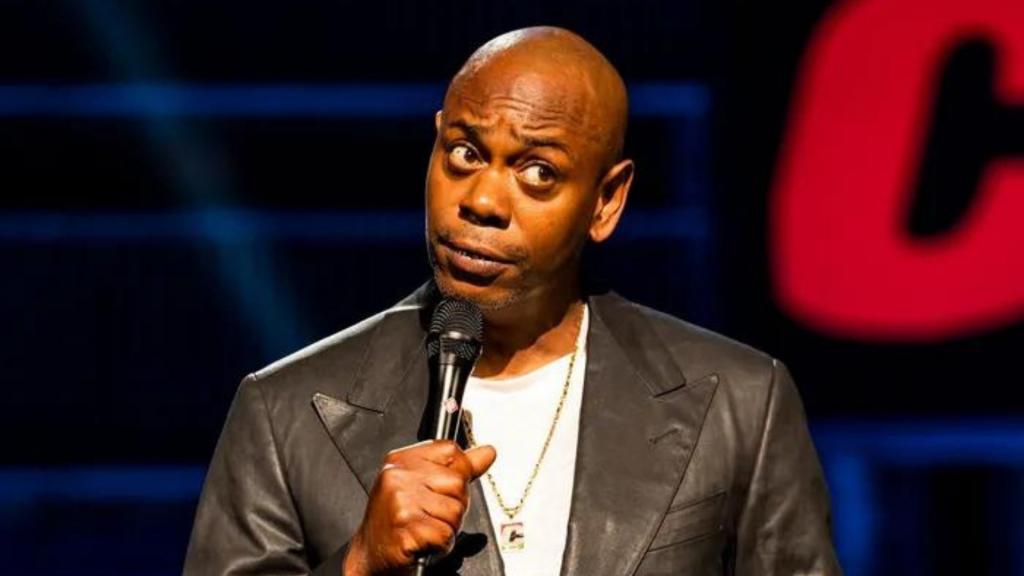
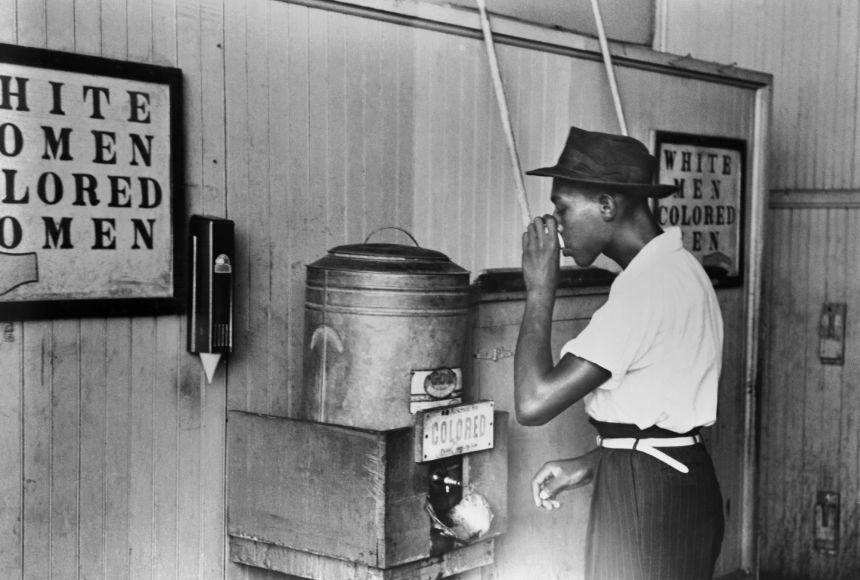
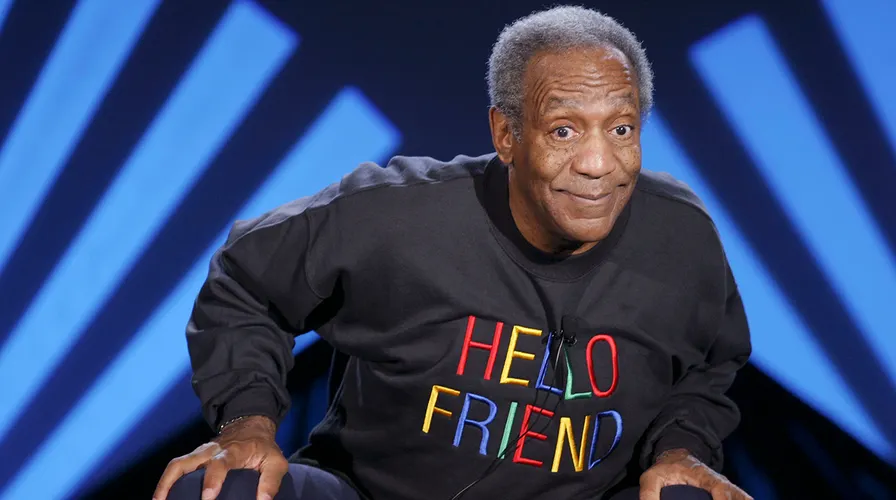
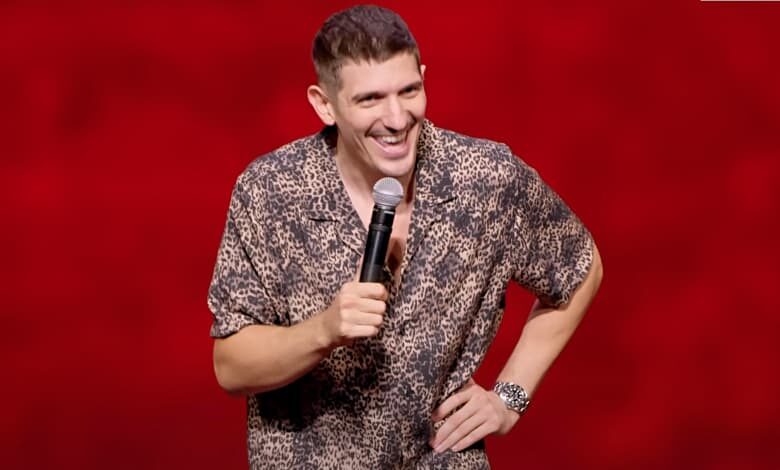
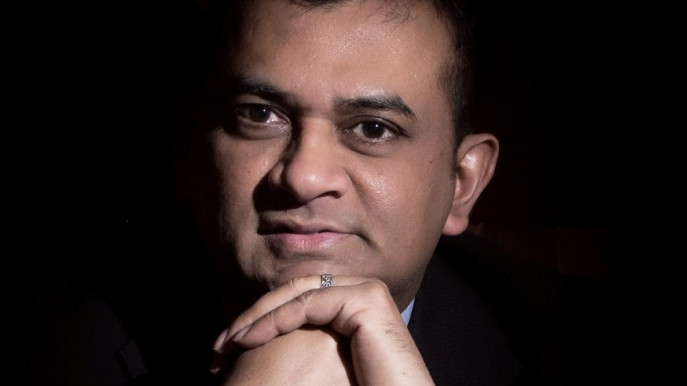
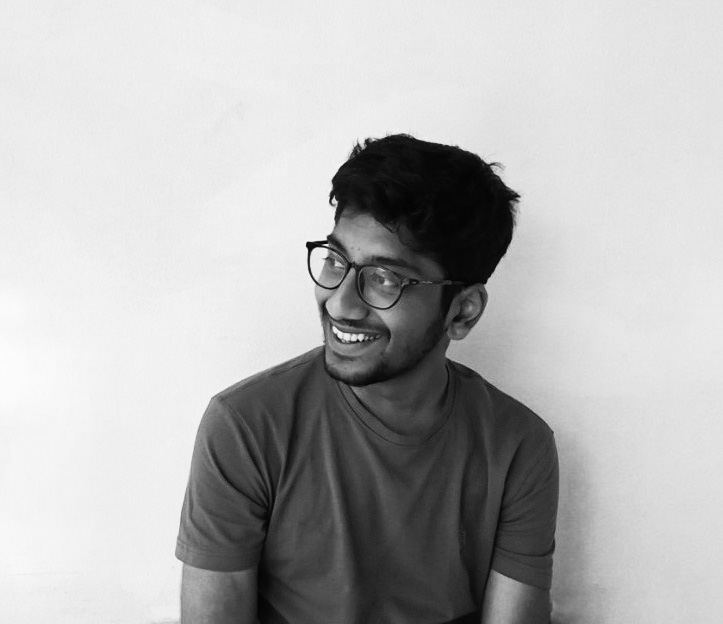




🌋🌋🌋🌋🌋🔥🔥🔥🔥🔥🔥🔥🔥👏👏👏👏👏👏!!! Keep going bro!!!! Don,t stop!!! 👏your sentence making,vocabulary is phenomenal…. 👏i am egarly waiting for ur upcoming article …😌 write what ever comes in your mind…..!!! Express your desire, write with freedom…. & i am sure… One day you will achieve your dream!!! No matter what!!! 😌
very well written and composition was really good. got to learn so many things through ur article.
hope to see more from you. best wishes.
In my perspective, what u said that “comedian needs full freedom and environment ” are the two major problems why stand-up omedy is not so popular in Bangladesh. But, yeah we the people of Bangladesh are hopeful that stand-up comedy will be as popular as in india in future. (Obviously in that case Govt should provide freedom of expression)
Allready Naveed Comedy Club, Amin-Ashiq, Ananda Mazumdar has started stand-up comedy. As a initiative they are doing well.
And thanks Wafid sharing such a nice opinion on stand comedy. Hope we get more nice thoughts like this.
In my perspective, what u said that “comedian needs full freedom and environment ” are the two major problems why stand-up omedy is not so popular in Bangladesh. But, yeah we the people of Bangladesh are hopeful that stand-up comedy will be as popular as in india in future. (Obviously in that case Govt should provide freedom of expression)
Allready Naveed Comedy Club, Amin-Ashiq, Ananda Mazumdar has started stand-up comedy. As a initiative they are doing well.
And thanks Iftekhar Wafid for sharing such a nice opinion on stand comedy. Hope we get more nice thoughts like this.
thanks for covering this topic ❤